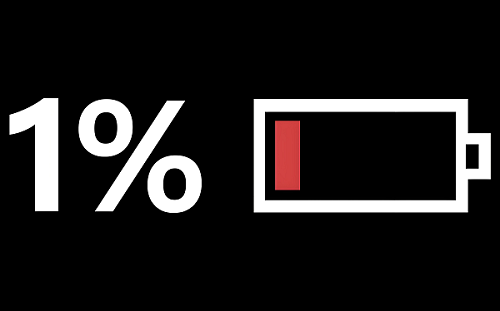Lithium-ion polymer battery: the invisible killer behind overcharging and discharging
In the comment area of news reports about smartphones suddenly catching fire, users can always see doubts about the safety of lithium batteries. As the power core of modern electronic devices, lithium-ion polymer batteries have penetrated into every corner of life with their high energy density and flexible form. Although this advanced battery technology using solid polymer electrolytes is safer than traditional liquid lithium batteries, it still has hidden dangers that cannot be ignored - the safety problems caused by overcharging and discharging are becoming a time bomb in the smart era.

I. Overcharging: the critical point of energy runaway
When the charging voltage exceeds the safety threshold of 4.2V, drastic changes begin to occur inside the lithium-ion polymer battery. Excessive deintercalation of lithium elements in the positive electrode material causes the electrolyte to decompose and produce gas, and the internal pressure of the battery increases sharply. What's more dangerous is that excessive lithium ions form dendrites on the surface of the negative electrode. These sharp lithium dendrites are like the sword of Damocles hanging inside the battery, which may pierce the diaphragm at any time and cause internal short circuits.
Laboratory data show that overcharging by 5% will increase the rate of battery capacity decay by 3 times, and the risk of thermal runaway increases exponentially when overcharging by 10%. The investigation report on the spontaneous combustion accident of a certain brand of electric vehicles in 2020 showed that it was the 1.2V overvoltage charging caused by the failure of the BMS system that triggered a catastrophic chain reaction.
II. Overdischarge: Chronic suicide of battery structure
When discharged below 2.5V, irreversible damage begins to occur inside the battery. The copper current collector dissolves at low potential, and this metal migration phenomenon causes the negative electrode structure to collapse. Like a building with a hollowed-out foundation, the battery active material gradually loses its supporting framework and the capacity decays permanently. Even if the battery is recharged after overdischarge, its cycle life will be shortened by more than 70%.
Data from a laboratory's 2,000 cycle tests showed that the capacity retention rate of a battery pack that was regularly deeply discharged to 10% was 42% lower than that of the control group that was controlled at 20%. This chronic damage is particularly evident in high-current application scenarios such as drones and power tools, which may cause the equipment to suddenly lose power at critical moments.
III. Lifeline of safety protection
Modern battery management systems (BMS) are like electronic bodyguards, tracking the status of each battery cell in real time through voltage monitoring chips. Smart charging IC chips can accurately control the charging curve and achieve millimeter-level control in the pre-charging, constant current, and constant voltage stages. The temperature sensor network constitutes the third line of defense, and immediately cuts off the circuit when an abnormal temperature rise is detected.
User protection is equally important: avoid charging in a hot car, calibrate the battery power regularly, and use original charging equipment. When the device is found to be abnormally hot or the charging time is suddenly shortened, it should be stopped immediately. After-sales data from a well-known mobile phone manufacturer shows that 70% of battery failure cases are related to the use of counterfeit chargers.
In this era dominated by mobile devices, understanding the working principle of lithium batteries has become a compulsory course for digital citizens. From smart bracelets to energy storage power stations, the safe use of lithium-ion polymer batteries is related to the safety of everyone's digital life. While we enjoy the convenience of technology, we must maintain awe of energy-after all, what is in the hands of humans is not only energy density, but also the wisdom of safe use.



